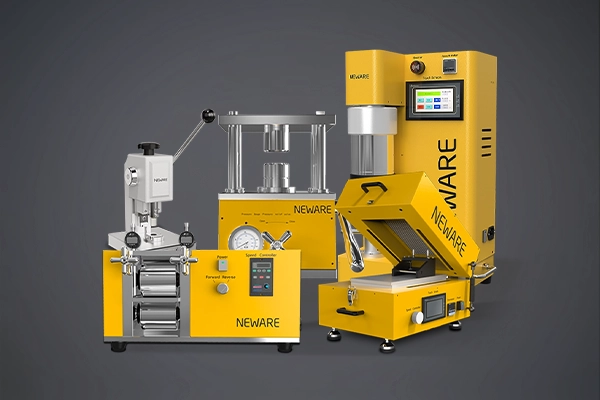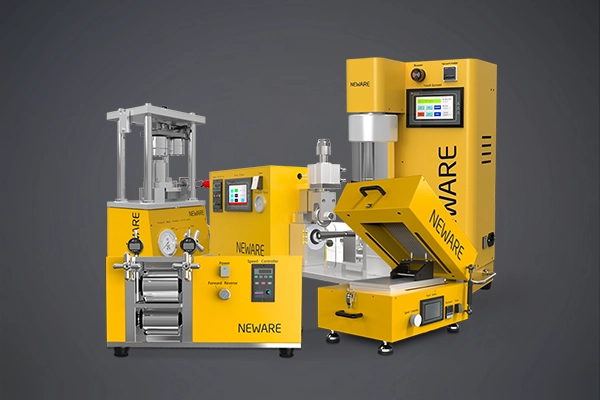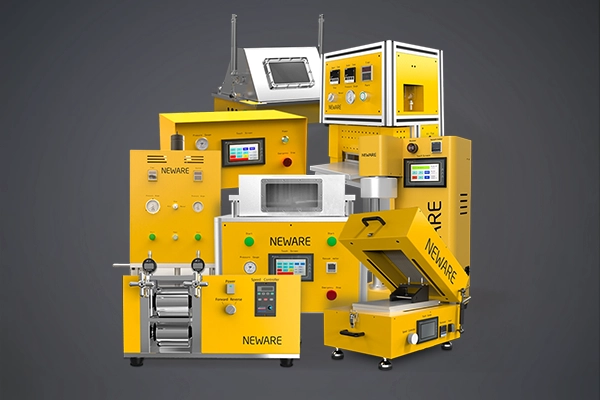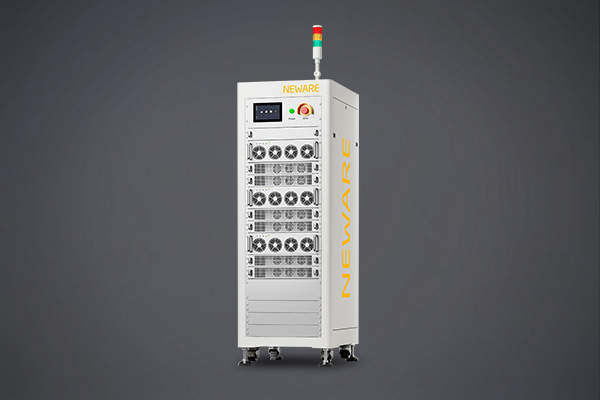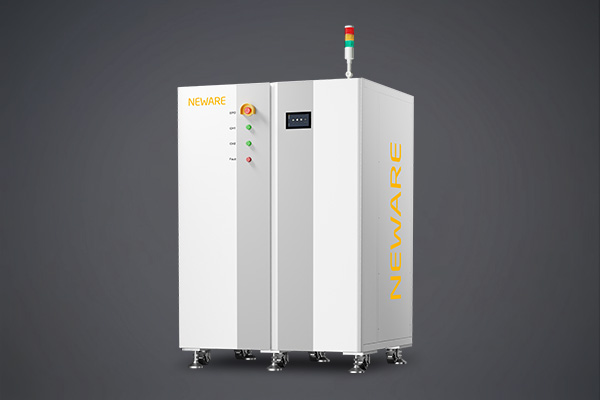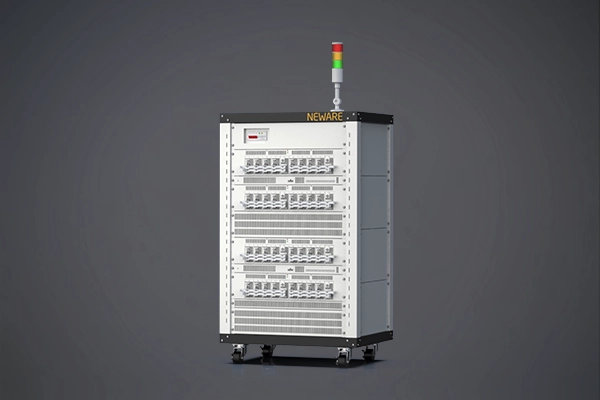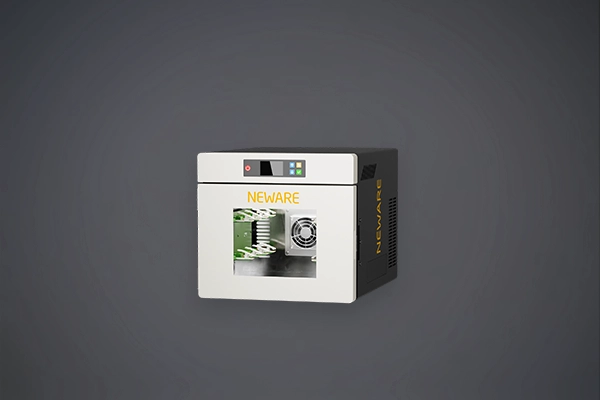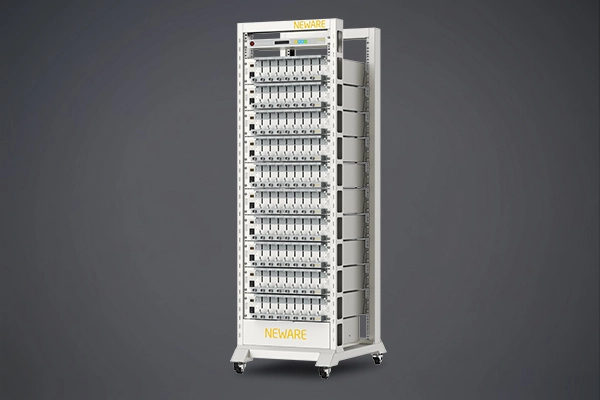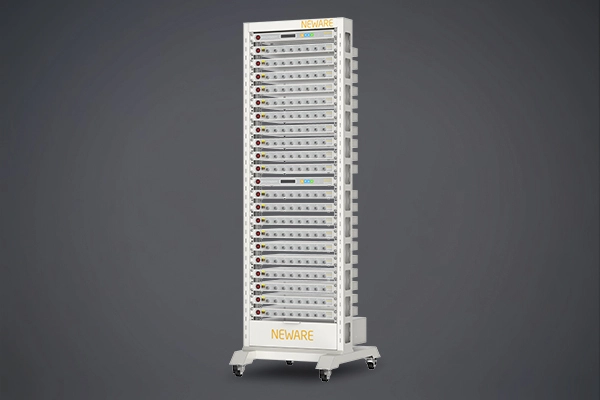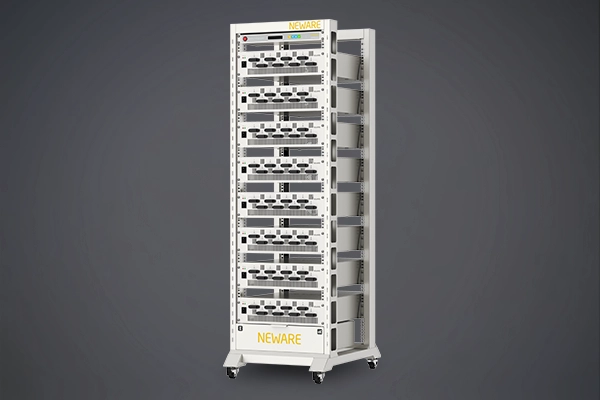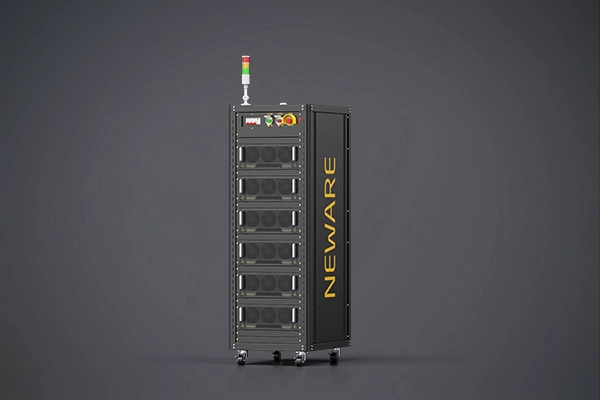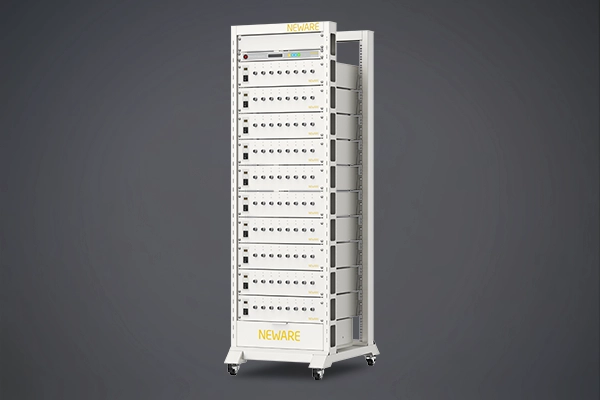The material inside the battery gradually wears out as the current flows through the battery. The physical forces of stress and strain also play a role in this process, but their exact effects on battery performance and life are currently not fully understood. As a result, the US Department of Energy's Oak Ridge National Laboratory (Oak Ridge National Laboratory (ORNL) decided to "approach" a framework for designing solid-state batteries (SSB), focusing on mechanics rather than electrochemical properties in general research. The latest results were recently published in the journal Science.
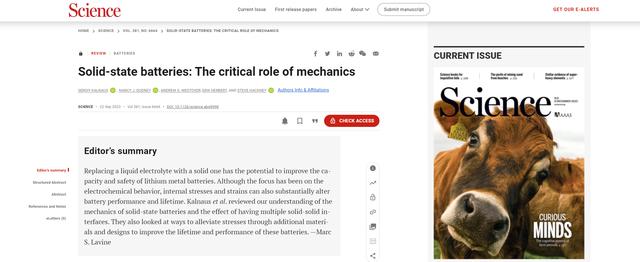
"Our goal is to emphasize the importance of mechanics in battery performance," said Sergiy Kalnaus, a scientist at the ORNL Multi-physical Field Modeling and Flow Group. " Many of the studies have focused on chemical or electrical properties, but have ignored the underlying mechanical mechanisms.”
The team spans several ORNL, including computing, chemistry and materials science. Their review paints a more cohesive picture of the conditions affecting the SSB by using scientific domain perspectives.
Solid electrolyte
In a cell, charged particles flow through materials known as electrolytes. Most of these electrolytes are liquids, such as lithium-ion batteries in electric cars, but solid electrolytes are also under development. These conductors are usually made of glass or ceramic and can offer advantages such as enhanced safety and strength.
"Real solid-state batteries have no flammable liquids inside," Kalnaus said. " That means they are less dangerous than the batteries commonly used today.”
Challenges in developing solid-state batteries
However, solid electrolytes are still in the early stages of development due to the challenges associated with these new materials.
Specifically, the SSB components expand and contract during charge and mass transfer, thus changing the overall system. The electrodes are constantly deformed as the battery runs, creating layers and voids at the interface with the solid electrolyte, and the best solution in today's system is to apply a lot of pressure to keep everything together.
However, these size changes can damage solid electrolytes made from brittle materials, which often break by stress and pressure. Making these materials more malleable will allow them to withstand stress by flow rather than rupture. This behavior can be achieved by some techniques for introducing small crystal defects into the ceramic electrolyte.
Future conception
It is understood that the electrons leave the system through the anode. In the SSB, the component can be made from pure lithium, the metal with the highest energy density, and although this material provides an advantage to the battery's power, it also creates pressure that can damage the electrolyte.
"During charging, uneven coating and lack of stress elimination mechanism can cause stress concentration."In order to optimize the performance and life of the SSB, we need to design the next generation of anodes and solid electrolyte to maintain a mechanically stable interface without destroying the solid electrolyte diaphragm," said Erik Herbert, head of the ORNL mechanical properties and mechanics team.”
In fact, the team's work is part of ORNL's long history of research on SSB materials. In the early 1990s, a glass-like electrolyte called lithium phosphate oxide (LiPON) was developed in the laboratory.
LiPON has been widely used as an electrolyte for thin-film cells with lithium-metal anodes. The component can withstand many charge and discharge cycles without failure, mainly due to the ductility of LiPON. When encountering a mechanical stress, it flows rather than cracking.
The researchers said, " In recent years, we have learned that LiPON has strong mechanical properties to complement its chemical and electrochemical durability. In our paper, we outline the mechanics of solid-state electrolyte materials, encouraging scientists to consider these when designing new batteries.”
